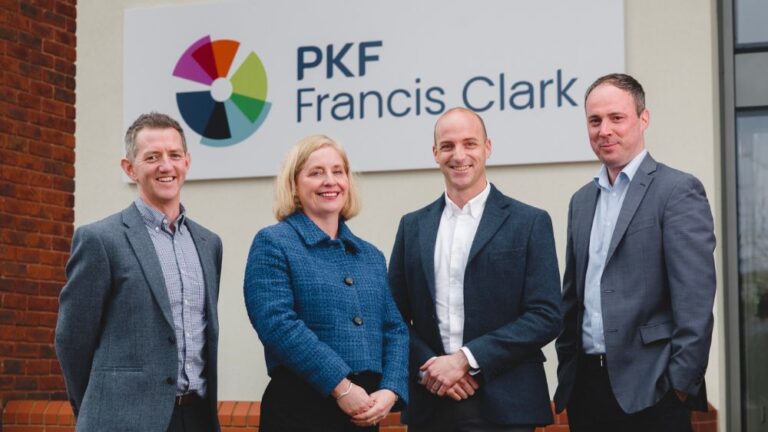
Savings on purchasing property
Stamp Duty Land Tax
Stamp duty land tax (SDLT) can be a substantial one- off cost when purchasing land and property. With an increase in property prices the SDLT payable can be an important factor when considering cashflow and funding.
There are a large number of different SDLT rates depending on whether the property is non-residential or residential. For residential purchases the rate depends on whether the purchaser owns other residential property (and is not replacing their own home) and a higher 2% surcharge will apply where the purchaser is non-resident for SDLT purposes. The residential rates are charged at a maximum of 17%, whereas non-residential rates have a maximum of only 5%.
The rules can be complex, but there are potential opportunities for claiming relief or paying a lower rate of SDLT including:
• Where the property is mixed-use (for example, a farmhouse and an active farm) then it is possible to pay the non-residential rates where the highest rate is 5%• If the purchase or a linked transaction includes more than one dwelling (for example, a house and three let cottages) then it is possible to claim multiple dwellings relief to pay SDLT based on the average price per dwelling which will lower the effective rate of tax
• The possibility of a mixed-use basis alongside claiming multiple dwellings relief on residential property. This can often lead to considerable tax savings
• Where there is an overage on land it may be possible to defer payment of SDLT on the overage element. This can lead to a cashflow advantage as well as interest on any overage being calculated from a later date
Example:
A married couple are replacing their home and buying a substantial new home with a self-contained annexe for £2,495,000. The annexe has the required privacy to be occupied as a separate dwelling and is worth less than one-third of the purchase price. A claim for multiple dwellings relief results in a SDLT saving of over £76,000.
Opportunities for saving SDLT in 2022.
The SDLT rules are now extremely complex, and we routinely work alongside lawyers to provide specialist SDLT advice and computations to support the position when the solicitor files your SDLT return. There was a government consultation into the mixed-use regime and multiple dwellings relief rules which ended in February 2022. Whether this will lead to future changes remains to be seen, but there are likely to remain judgemental areas as well as opportunities to claim reliefs where it is key to obtain specialist advice.
PKF Francis Clark has a team of SDLT specialists who can guide you through the SDLT process, whether you are replacing your home, buying property to let or buying land containing a mixture of types of property.
Written by












